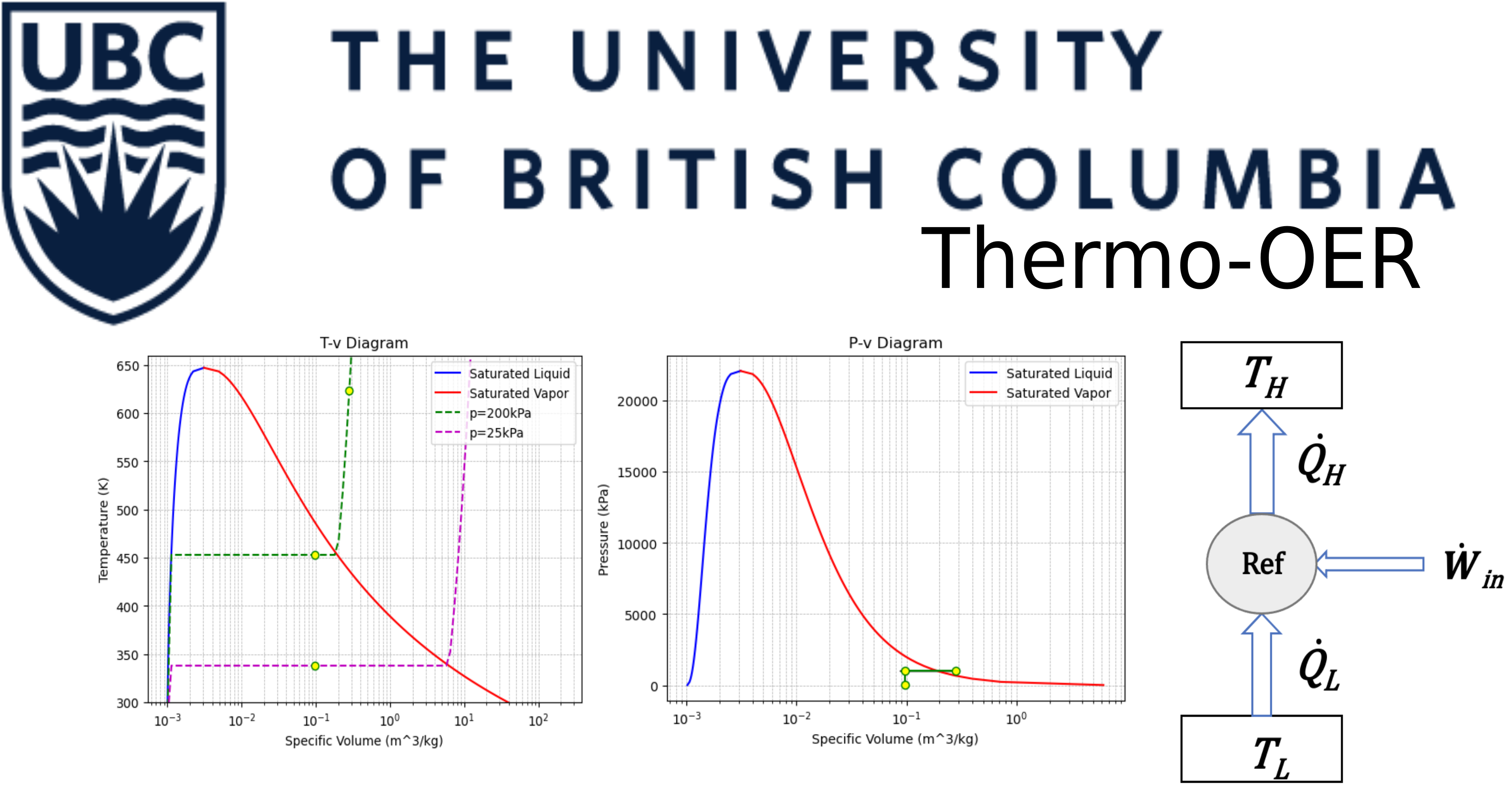Chapter 1#
Question 12: Helium Balloon#
Helium is used to float balloons in the air. Assuming Helium inside a balloon at atmospheric pressure and temperature,
a) calculate the density of helium
b) calculate the density of air
c) given a balloon occupies \(V=10\:L\) of air, calculate the maximum weight for the balloon solid material to make the balloon float.

Solution Approach for a)#
The coolprop module is used in this section
#importing the required library
import CoolProp.CoolProp as CP
#define variables
T = 25 + 273.15 #room temperature in K
P = 101325 #atmospheric pressure in Pa
D_Helium = CP.PropsSI("D", "T", T, "P", P , 'Helium')
print('The density of helium is:', f"{D_Helium:.3f}", 'kg/m3')
The density of helium is: 0.164 kg/m3
Solution Approach for b)#
D_air = CP.PropsSI("D", "T", T, "P", P , 'Air')
print('The density of helium is:', f"{D_air:.3f}", 'kg/m3')
The density of helium is: 1.184 kg/m3
Solution Approach for c)#
Assuming the volume of the balloon solid material to be negligible compared to the volume of Helium inside,
To make the balloon float, the density of the balloon along with the helium inside must be equal to that of air,
therefore
The mass of the solid material in addition to that of the stored helium must be equal to the mass of \(10\:L\) of air.
\(m_{Helium}+m_{balloon\:materials}=m_{air}\)
so
\(m_{balloon\:materials}=m_{air}-m_{Helium}\)
From density,
\(D=m/V\)
so
\(m=D\times V\)
#calculating mass of 10L air
V = 10E-3 #balloon volume in m3
m_air = D_air * V #air mass for 10L
m_Helium = D_Helium * V #Helium mass for 10L
m_balloonmaterial = m_air - m_Helium
print('The max balloon material weight is:', f"{m_balloonmaterial*1000:.1f}", 'g')
The max balloon material weight is: 10.2 g
